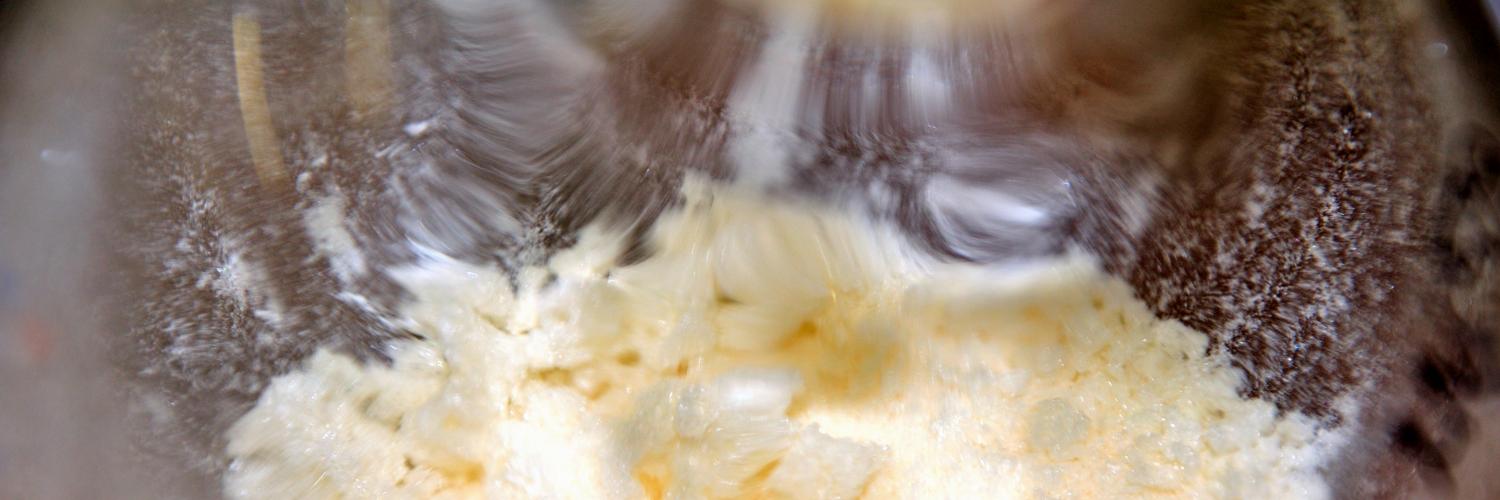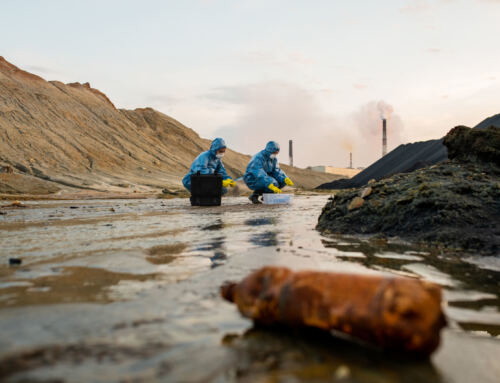“It’s been increasingly obvious that carbohydrate and other biomolecule study is best tackled with multidisciplinary working,” explains Dr. Benjamin Schumann in a recent podcast with H.E.L. Ben is Head of the Chemical Glycobiology Lab at London’s Francis Crick Institute, and a lecturer at Imperial College, London.
- Digging for carbohydrate understanding
- Waiting for technology catch up
- Taking the combined approach
- Impacts for drug innovation
Digging for carbohydrate understanding
The synthetic precision tools help the team understand how particular carbohydrate molecules control processes in and on the living cell, including a disease state. But why the move away from binding assays with antibodies or lectins (carbohydrate binding proteins) in search of sugar? Especially when extensive work has gone into sugar profiling in the arena of cancer formation or different developmental stages.
It seems these techniques are subject to sequence bias, an issue that can be avoided with chemical tools. Instead, questions are asked with no preconceptions of sugar structures possibly present. A chemical tag that’s amenable to bioorthogonal chemistry is placed on a single sugar (the monosaccharide) which, on being fed to a cell, normally enters cell surface structures. This allows the bioorthogonal moiety to be traced by reporter probes such as fluorophores within a biological environment whether a cell culture media, the cytosol (cell isolate), or even a living organism.
By benchmarking data with colleagues from a more traditional molecular cell biology standpoint, Dr Schumann’s team are discovering their tools complement other techniques and traditional lectins and antibody binding.

*Synthetic sugars (photo) help to understand how glycans modify essential biological processes.
Waiting for technology catch up
Early chemical tools were complementary to antibodies and lectins but did not provide specificity for individual glycans. You’d find a cancer cell with upregulated glycosyltransferases but wouldn’t necessarily know what that upregulation affects. To understand glycosylation structures in detail requires very sensitive mass spectrometers and for a while the technology just wasn’t there. It’s taken a 20-year-long effort to make chemical tools specifically amenable to certain glycosyltransferases and only in the last seven years or so has there been the capacity to really look at the details of transferase-specific glycosylation sites.
Now technology has played catch up, it is possible to not only pursue the work in vitro but also competently in the living cell. Dr Schumann admits that this move to in vivo has been more successful than he first thought. Tools working well for glycosyltransferase families provide data on enzymes introducing specific sites that eventually correlate locations for likely cancer formation. Looking to the future, even if it is possible, it will take a while to develop this further to achieve with glycans what’s currently attained with DNA. However, Dr Schumann values the innovation to drive forward a program of study where there is still much to learn from abundant low-hanging fruit in terms of new methodologies.
Taking the combined approach
A large aspect of this field of study uses biology to carry out typical chemistry investigations. Chemoenzymatic syntheses within bio-organic chemistry is a prime example of this. For glycans this is a great way to make sugars: there is no need to protect groups if enzymes introduce sugar structures at a particular point. Enzymes have the inherent specificity you would otherwise attain from protecting groups.
Glycans that contain unusual monosaccharides cannot be made yet by using chemoenzymatic synthesis. Some of the most successful pneumococcal and meningococcal glycoconjugate vaccines contain such monosaccharides. These vaccines contain sugars attached to carrier proteins to induce a protective, effective immune response.
Chemical synthesis is an important enabler to this end as it allows the generation of sequence-defined glycans with well-characterized quality control and safety profiles.
Impacts for drug innovation
Dr. Schumann is deeply interested in using chemical biology to titrate changes in biology. Once able to perturb normal cellular processes you can pursue the drug to combat them. Understandably there is broad sector interest in applying these methods for cancer treatment.
A cancer cell invests great effort in trying to make itself silent to the immune system, allowing it to enter into circulation and form cancer seeds. Entering this stealth mode is only possible because the cells first change their surface through glycosylation, something observed in almost all tumor cells. Typically, this morphing makes them silent to the immune system.
With knowledge of these changes, enzymes may be the quick indicator, backed by strong diagnostic tactics, to anticipate or confirm the presence of cancer. This science is hopefully taking us to a future where at-risk patients can prophylactically be administered an enzyme blocker so tumors or pre-cancerous cells are taken out before they even have the chance to form.
With so much still unknown about this arena, Dr Schumann anticipates there will be many more small steps in chemical innovation to take huge strides forward in understanding the processes. He sees that within biochemistry it is becoming quite normal for people to make their own molecules and use them in assays to try to understand the workings of glycosylation. There’s always a biological question at the core of Dr Schumann’s work. The challenge is building the right tools to address the right questions.
See Dr. Schumann’s website, for recent publications and an easy-to-digest graphical description of his tools and experimental approach.
*Graphic credit to Dr. Schumann and Chemical Glycobiology Lab at London’s Francis Crick Institute
Additional Links







